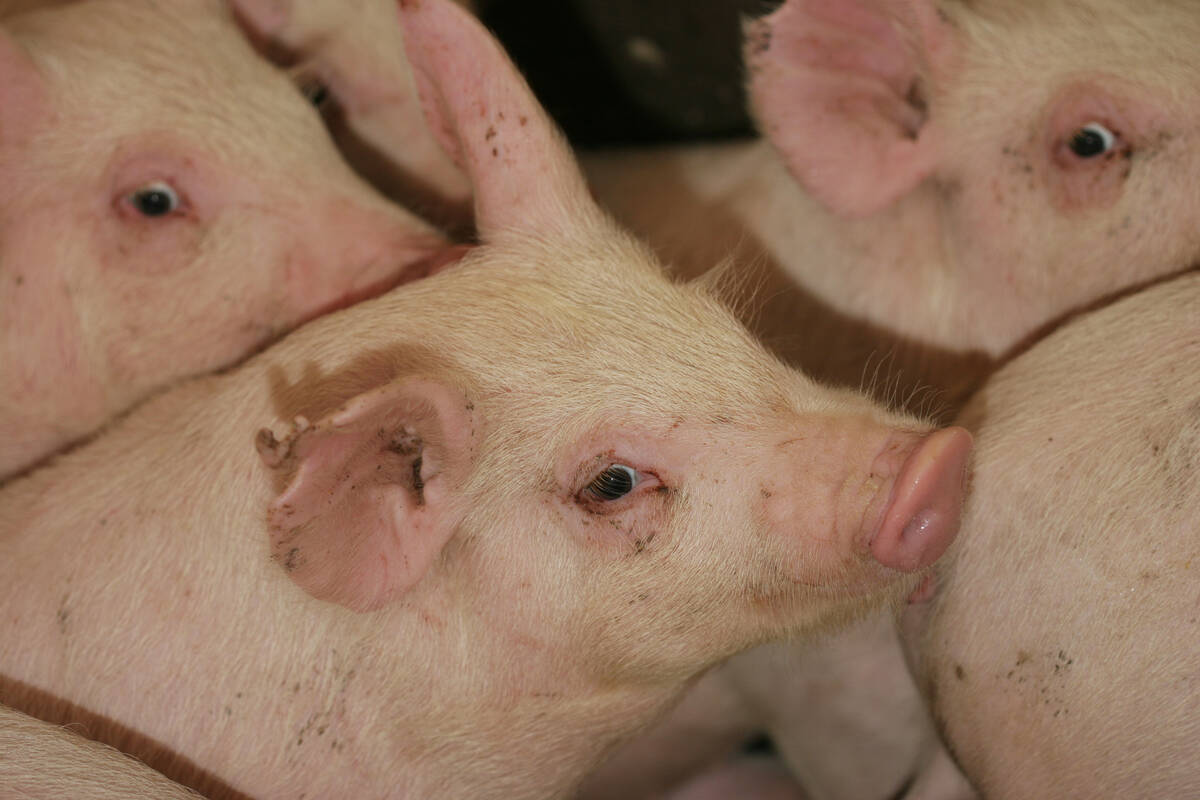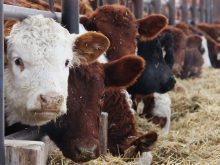RED DEER – Animal management must be the major consideration when building dairy barns, says an animal welfare researcher.
“If you build certain kinds of facilities for animals, it is going to have some long-term payoff,” Dan Weary of the University of British Columbia told the Alberta Farm Animal Care Association’s annual meeting.
The payoff should be in improved animal welfare and better health.
Weary has spent the last decade working on cow comfort in barns with researchers at the Agriculture Canada dairy facility in Agassiz, B.C. These improvements do not have to cost a small fortune, he added.
Read Also

The Western Producer Livestock Report – September 25, 2025
The U.S. national live price average for barrows and gilts was $81.21 Sept. 17. It was $78.37 Sept. 9. U.S. hogs averaged $106.71 on a carcass basis Sept. 17, up from $106.10 Sept. 9.
A revised dairy cow code of practice is being released soon, but Weary said no one knows how much attention farmers pay to those documents, even as they continue to struggle with common problems such as lameness.
Cows damage their feet when they walk on wet concrete floors or have difficulty getting in or out of stalls. Infections can set in and worsen the lameness.
Neck rails in stalls can alter standing behaviour. The cow needs to step out easily from the stall and the rail should be moved or removed if there are awkward moments.
Weary said lame cows recovered sooner on softer ground when he opened the research centre’s barn doors to let cows move onto pasture.
He also noticed cows preferred to come indoors during the heat of the day but would go outside the rest of the time, even at night or during rainy weather.
He said it also helps to train staff to identify lameness because treatment can start earlier if problems are identified sooner.
Hunger among dairy calves is another welfare concern. Automated feeders for calves are expensive and producers often put extra calves in the pen, which causes too much competition.
Weary said calves need about 10 percent of their body weight in feed for maintenance. They will eat more and grow faster if they can feed when-ever they want.
Some systems feed calves twice a day, but under the ad libitum system, they will eat about 10 kilograms per day. Calves in a restricted feeding system will keep returning to the feeders because they are hungry. Under normal conditions, when calves nurse on the cow, they might nurse six to 10 times per day to receive about 10 kg of milk per day.
In spite of continuing challenges, Weary said animals’ lives have been improved because of partnerships among scientists and farmers. As a result, new practices that deal with pain, hunger and providing as natural a life as possible have been adopted.
“We have made really quite amazing progress in implementing some of these best practices into policy,” he said.
However, it may not have gone far enough.
“Are we listening to what the consumers really look for in animal care? People just think hens should not be in cages,” he said.
“We have to acknowledge there are practices the consuming public does not approve of.”















